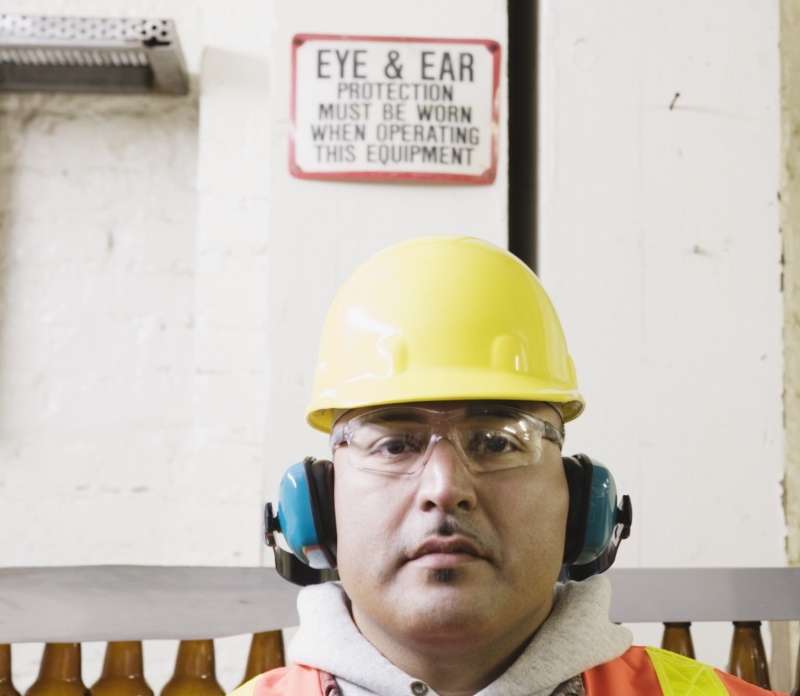Why Wear Safety Glasses?
Consider driving 65 MPH down the highway without a windshield. It doesn’t take very long to realize what a bad idea that is with all the dust, dirt, bugs, and whatever else is in the air pelting your face and eyes. Thankfully, we have windshields to protect us from all that. Another reason to be thankful for that windshield is that it protects drivers and passengers from serious injuries if the windshield is damaged or broken in an accident. It does this because it is made of laminated safety glass that is designed to hold together when fractured, resulting in “spider web” cracking. This same material was also used for the lenses of gas masks during World War I, and is one of the earliest examples of eye protection.
Why Wear Safety Glasses, Even If You’re Not In A Hazardous Occupation
Fast forward almost a century, and now eye protection comes in many different forms: from glasses and goggles up to face shields and helmets. Eye protection is used in many occupations in hospitals, factories, laboratories, construction sites, and the military, as well as police and fire departments. Even professional athletes use eye protection for hockey, football, baseball, tennis, archery, swimming, cycling, and motocross. And it isn’t limited to work, either, because people use eye protection for many hobbies and home projects.
In the last 100 years, eye protection has evolved and become more mainstream. Why? It isn’t because human nature is to protect our vision, even though we do need our vision for the most important day to day aspects of our lives. On the contrary, it is human nature to take advantage of what we were born with and not protect it. But, if we damage our sight, we’re not getting it back.
Why Wear Safety Glasses, Even If You Think They Won’t Work
When we “remember” to wear our safety glasses at work, how do we know we can trust them? Let’s put it to the test. Imagine standing in the end zone of Soldier Field, and in the other end zone sits a test dummy wearing safety glasses. You are handed a gun that shoots a one-quarter inch steel ball at the speed of 150 feet per second. Your task is to aim at the test dummy, right in the eye, and shoot. We will pretend, since we are imagining, that you are a perfect shot. The one-quarter inch steel ball hits the safety glasses in two seconds, bounces off, and results in zero penetration to the safety glasses, leaving our friendly volunteer unharmed.
Now it’s your turn to be the test dummy. But this time you’re not going to be wearing safety glasses because you forgot them in the car. And we are not going to be on a football field with a testing gun, but rather in the workplace where small pieces of metal or concrete are flying around. That piece of debris is flying right at your eye from ten feet away at a rate of 50 feet per second. Of course you didn’t see it to duck out of the way, because it only took 0.20 seconds to reach you. Thankfully, we only imagined this scenario; otherwise, you would have permanent eye and vision damage just because you didn’t go back to your car for your safety glasses.
This example can be used over and over for any industrial or construction scenario and for many home scenarios. The fact of the matter is, we know why to wear safety glasses, but American workers are still suffering 2,000 eye injuries per day. That adds up to $300 million in medical bills, compensation and downtime annually.
Ensure Employees Understand Why To Wear Safety Glasses
To ensure employees are properly protected from eye injuries, a 100% safety glasses policy must be in place, not taken lightly, and strictly enforced. The safety glasses should have a marking on them of “Z87.1” “Z87” or “Z87+.” This will ensure that your safety glasses will hold up to a one-quarter inch steel ball at the speed of 150 feet per second.
Why Wear Safety Glasses? To Protect Your Vision. Bottom Line.
With these easy policies in place all employees will be able to go home and SEE their family every night.








